At 8am the heat was already rising, as my taxi dropped me at the Arikok Park Visitor Centre at the northern end of Aruba. Think of the Caribbean and perhaps you’ll imagine relaxing on white sandy beaches with a rum punch in your hand.
I’d had my fair share of that, but today I was about to experience a different side of the island. Hiking in Aruba along sandy paths weaving between spiky cactus, past cave paintings and giant boulders.
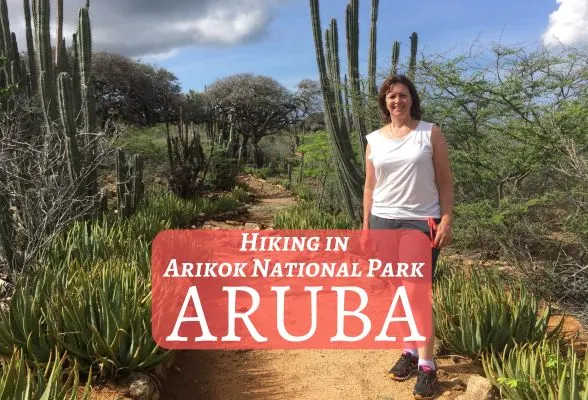
This article may contain affiliate links that provide commission on purchases you make at no extra cost to you. As an Amazon Associate I earn from qualifying purchases.
My guide Stanson met me in the Visitor Centre, an impressive hardwood and glass building that had been constructed in 2008. Here visitors find information about Aruba hiking, the flora and fauna as well as much needed air-conditioning.
The visitor centre is the starting point for Arikok National Park hiking and is easy to get to. Be aware the speed bumps on the park roads mean it’s easier to get around inside the park with a four-wheel drive vehicle.
Stanson explained that he was student volunteering as a park ranger in between his studies. His enthusiasm was as infectious as his encyclopedic knowledge was impressive.
Arikok National Park – Hikes in Aruba
We set off along the Cunucu, an easy trail that is ideal for first time visitors hiking Arikok National Park. The trail provides a circular route from the visitor centre, which takes around 2 hours to complete. Unusually, the ground was a little damp from overnight rain showers, the first decent rain they’d had for 3 years.
The hot and arid climate of Aruba creates the distinctive landscape of the island. It is covered with prickly trees and cactus, which have adapted to survive the lack of water.
You may also enjoy: Top 10 things to do in St Lucia
Within the park are a few hills which provide viewpoints over the island and our path took us past Sero Arikok at 185M. Here there’s an air traffic control beacon and a trail that leads to the well known Conchi or Natural Pool on the coast. This is one of the popular things to do in Aruba.
When the park was created, there were already trails used by locals to ride their horse or donkey to the Miralamar gold mines. Later the trails were cleared and bounded by stones to make the hiking trails.
The Cunucu Arikok was an easy, level walk on sandy paths and. Although I love a challenging hike in the Alps, I was quite grateful that in the rising heat we had a more gentle stroll and chance to take in the natural landscape.
You may also enjoy: Waterfalls, Volcanoes and Hiking in St Lucia
Naturally growing plants
Without Stanson’s warning, I could easily have brushed up against the Bringamosa plant. Stanson described it as ‘like poison ivy on steroids‘, as it will make your skin burn and itch for several days.
The best antidote is to either pour alcohol over your skin or to rub it with another plant that grows nearby, the Seida. The only problem being that the two plants look rather alike!
A rather more pleasing find was the Turk’s cap cactus. This spiky ball is topped with a felt like cap within which were buried bright pink berries.
This was a sweeter treat, as the fruit can be pulled carefully from their furry enclosure to pop in your mouth. They’re otherwise known as Bushi or Bush fruit and look like tiny pink peppers with little black seeds inside.
As we continued along the trail, we stood aside for a group of mountain-bikers to pass us, bumping fearlessly down a set of stone steps. There are a few challenging trails in the park, with a new one opening a couple of years ago.
It was built by the Trails for Life project ss part of their ‘Good for the Neighbourhood’ community scheme The high school children constructed a new hiking and biking trail that reaches all the way out to the Natural Pool.
Along the trail we reached a part where the path narrowed. It became hemmed in by huge boulders that looked as if they might have been dropped by a playful giant.
Caquetío Indian cave paintings
Here, painted on the sides of a small cave, we could see the paintings left by the Caquetío Indians. Traced in red and white pigment I could make out an iguana and a bird with wings outspread. This image has been used in the logo of the Arikok National Park.
There are more paintings in the Quadirikiri and Fontein caves on the other side of the park. Thesse much larger caves contain stalactites and stalagmites, as well as a colony of bats. The bats are an important contributor to the ecosystem on Aruba as they act as pollinators for plants and flowers. They do a job that would normally be performed by insects or birds.
All along the trail, my guide Stanson pointed out curiosities of the flora and fauna. I saw the Wayaka tree, also known as Evergreen as you’ll never see it with a brown leaf.
Because the tree survives from reservoirs of water deep underground, it grows very slowly, perhaps an inch each year. Don’t be fooled by the diminutive size, as a tree that’s 2-3 metres tall may be around 300 years old.
Cactus in all shapes and sizes
The cactus in the Arikok park come in all shapes and sizes. You’ll see them grouped together in tangled thickets as well the elegant lone cactus framed against the sky.
“Just as tourism is an economic pillar on Aruba, the Cacti are the ecological pillar” Stanson told me. The cacti provide a prickly pear fruit, which is the main source of food for many birds on the island.
To conserve water they have shared root systems, which spread underground over a wide area. Eventually a cactus may get too heavy and topple over, but as they dry out their wood can be used to construct the frames of the old style adobe houses.
Colourful birds abound
Every so often we spotted a flash of a bird in the trees, looking for fruit or nectar from the flowers that appear after any rains. Stanson reeled off the names like the Bananaquit which as its name suggests has a bright yellow breast.
The blue-tailed Emerald hummingbird and Ruby-topaz hummingbird, provide a flash of jewel colour if you can spot them. The Burrowing Owl, locally known as Shoco, is also found here and is the national bird of Aruba. The owl buries its eggs deep in the ground, but as soon as the chicks are old enough to venture out, they dart around to catch insects and small lizards.
At the end of the trail, we reached the old Adobe house, enclosed by its trankera or fence made of cactus plants and tranchi stone wall. Because the cacti are stem plant, you can cut a piece off and plant it in the ground where it grows more roots.
This was the traditional form of enclosure on Aruba, providing security, fruit and a haven for wildlife. The house is a replica of an older building that was destroyed in a hurricane. It has been restored to show how a traditional homestead would have looked on Aruba.
It’s constructed by making a frame out of cactus wood which is smeared with a mixture of mud, sand, clay and saltwater, known as Torto. Once one layer of the Torto mixture was dry, another would be applied until the walls were thick enough. We walked inside the empty shell of the house, where a couple of bats flitted overhead as we examined the kitchen area with cooking platform and a stone mortar for grinding meal.
Survival of the fittest plants
Our circular route took us back in the direction of the Visitor Centre again. We passed a tree that looked bare and lifeless – but not so, Stanson told me. In the arid landscape of Aruba, every plant has its own tricks to survive. After rain the trees such as this will quickly flower and then fruit with a cherry that will attract all the iguanas from miles around to a feast under its branches.
Beside the path we also saw plenty of Aloe plants. These are another economic driving force on the island, before oil refining and mining. The plant is well known for the cooling and healing properties of its gel-like sap. Some species also provide a sugary syrup as well as fibre from the dead leaves which was used to make rope.
By now we’d come full circle on the Cunucu trail and arrived back at the visitor centre. I was thankful as the heat had become a bit too much for any more walking that day. I was grateful of the cool air conditioning of the cafe to refresh myself with a drink from the chill cabinet.
Later I headed back to my hotel with its pool and views over Eagle beach. My morning in Arikok National Park had provided a fascinating insight into the landscapes and natural world on Aruba. A world far removed from the tourist beaches and bars. I’m so glad that I went for that hike and discovered a very different kind of day on Aruba.
Visiting Arikok National Park in Aruba
The island of Aruba is small, so it’s easy to get to the Arikok National Park visitor centre, either by hire car or by taxi. The taxi ride was around 30 minutes from my hotel at Eagle beach and would be closer from Oranjestad or San Nicholas.
The park is open daily from 8am to 4pm and I’d recommend arriving as early as possible to avoid hiking in the heat. Be sure to wear a sunhat and take plenty of water with you. You can hike on the easier trails in trainers and shorts, but on the more advanced trails, boots and long trousers are advisable.
The Park entrance fee is used to support the maintenance of the roads, trails and park infrastructure. You can book one of the Park Rangers to act as your guide on the hiking trails. This service is free, although you need to book at least a day in advance. Park Rangers are also available at the visitor centre and around the park for advice and information.
I highly recommend booking a Park Ranger as their knowledge of the flora and fauna will certainly enhance your experience. However, the Cunucu trail was easy to follow and did not require any special guidance. There are more demanding trails in the park, some of which require basic climbing skills and use of ropes, so these would be best taken with a guide.
For more information about Arikok National Park, visit their website at www.arubanationalpark.org.
More articles from the Caribbean
My 10 favourite things on Aruba
Street-art on Aruba: the unexpected Caribbean
Where and What to eat and drink in Aruba (Travel with Kat)
Where to Stay on Aruba
During my week in Aruba, I stayed at the Amsterdam Manor Beach Resort, a delightful hotel that’s just across the road from Eagle Beach. The hotel is family owned and was built 25 years ago in traditional style. It features the Dutch gables and is painted in the warm yellow that you see everywhere on Aruban buildings.
I was extremely comfortable, sharing a suite with two bedrooms and a first floor balcony looking towards the sea. My rooms were furnished in traditional Caribbean style with dark wood furniture, brightly coloured walls and citrus shades of lime, lemon and tangerine.
The outside areas of the hotel were beautifully maintained with paved areas, trees and immaculate planting. There’s a welcoming pool area and the shady Mango restaurant, where we had breakfast. The hotel is ideal for couples who want to relax by the pool or on the beach, while having a well located base for exploring Oranjestad and all the other sights of Aruba.
The staff could not have been more friendly and helpful. They even have a dedicated Romance Co-ordinator to help you organise your beach wedding or celebration event.
Check out the Fofoti trees opposite the hotel which are a favourite for wedding photos. The Passions on the Beach restaurant where we ate one evening is an incredibly romantic setting to have a cocktail and dinner as the sun sets over the ocean.
For more information, visit the Amsterdam Manor Beach resort website. Address: J.E. Irausquin Blvd. 252, P.O. Box 1302, Oranjestad, Aruba.
See more photos from this trip
Visitor Information for Aruba
For more information to plan your holiday in Aruba, visit the Aruba Tourism Website.
Pin It
Thanks to Aruba Tourism for hosting* my week’s stay in Aruba to discover the island.
* More info on my policies page
This article is originally published at Heatheronhertravels.com

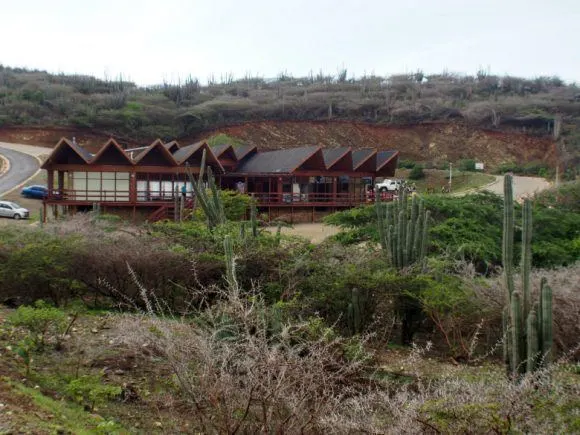
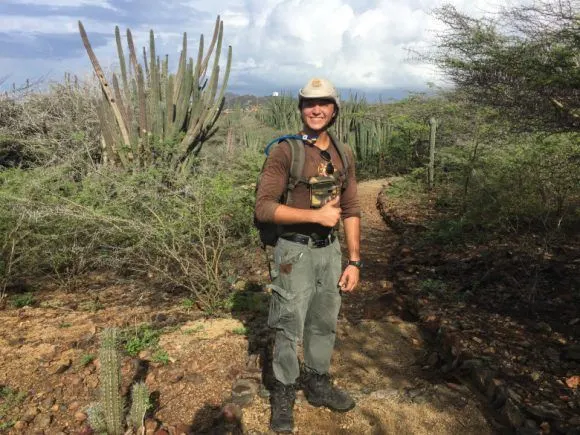
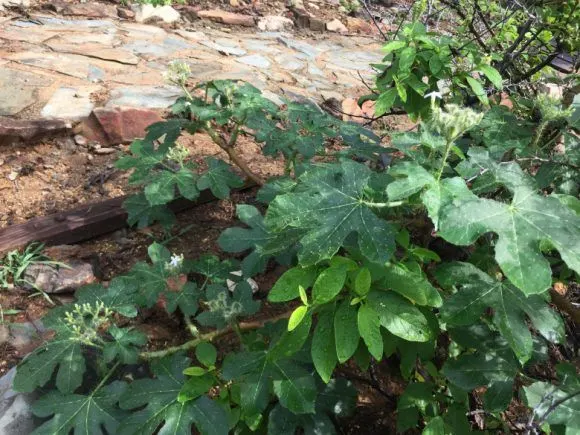
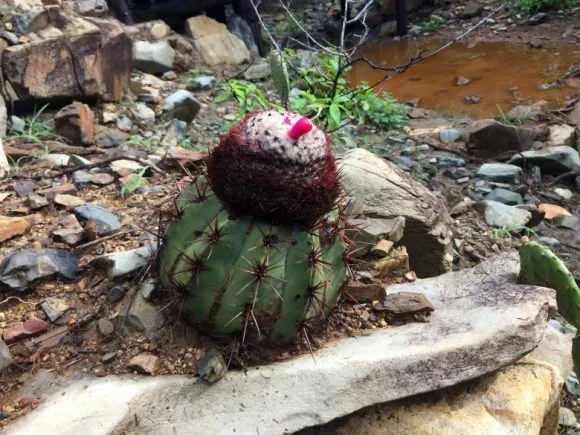
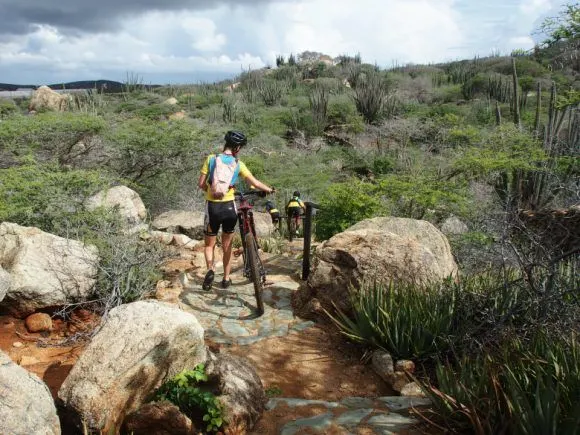
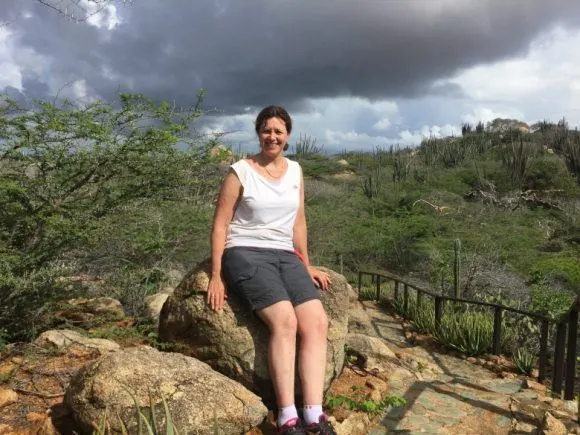
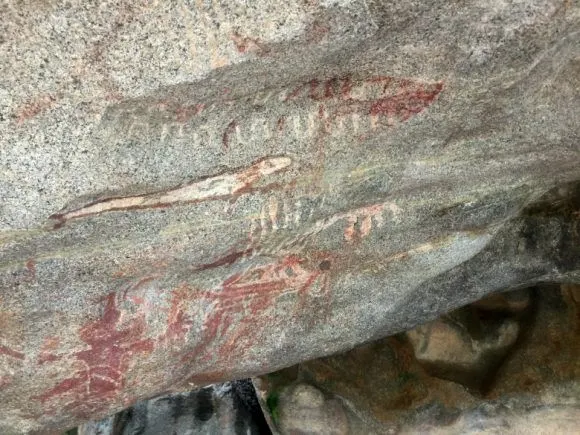

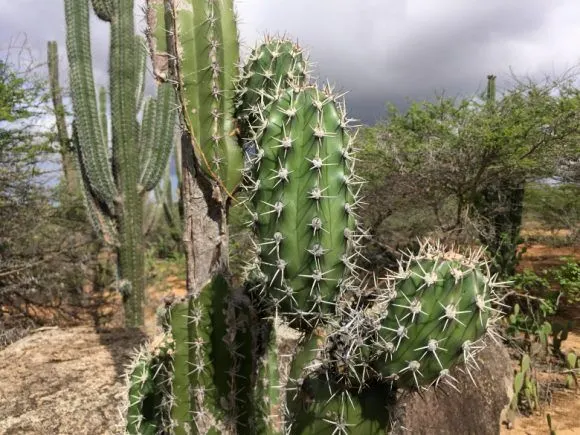




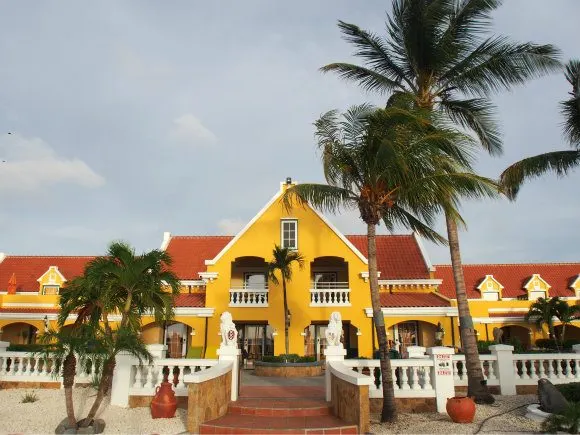
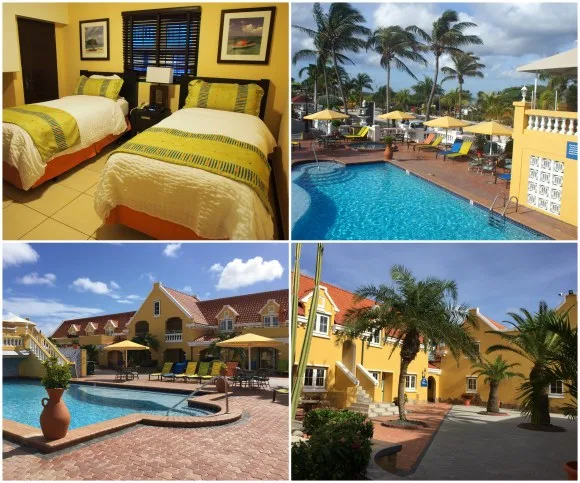

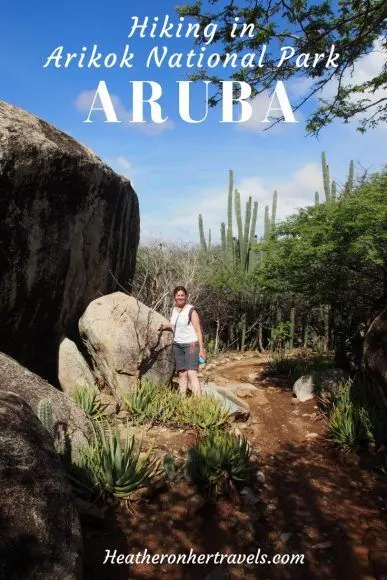

Monica Bremo
Saturday 14th of August 2021
Hi Heather!
Lovely and very informative article, thank you for your time and efforts! Just wanted to point out some spelling errors of some local words; 'Shoco' instead of Schopo for the burrowing owl and 'Cunucu' instead of Canucu Arikok.
Heather Cowper
Tuesday 31st of May 2022
@Monica All the online information about the owl mentions Shoco, hence that is the spelling I've used.
Olivia Wade
Tuesday 14th of August 2018
Aruba is a very small, elegant island. It also happened to be the destination of our last trip. I will not go into details of describing the island as google can do it better than me. Our resolution that this be a relaxing vacation, without adventures had lasted two days. On third day, we decided it would be worth a shot to see the lighthouse at the end of the island. The best way to see it would be on foot. So without further ado, we got our camera gear and a bottle of water and started off along the beach.
Heather Cowper
Monday 27th of August 2018
@Olivia - I wish I could have visited the lighthouse but I ran out of time!
Parthiv Shinde
Wednesday 25th of July 2018
The different scenery of Aruba but beautiful none the less. Nice place to come to avoid the majority of tourists.
Wiliam
Wednesday 11th of July 2018
This post is important and informative. Thanks for your lovely sharing.
Dennis L. Ward
Tuesday 25th of April 2017
Arikok national park is a must see in Aruba, our group went to both caves and learned a lot about the history of it.
Heather Cowper
Tuesday 25th of April 2017
@Dennis I loved the national park although was there for a short time so didn't get to really see the caves